/ per pack
Choose seeds per pack:
Botanical nomenclature: Lonicera caerulea var. edulis
Common name: Honey Berry, Blue Honeysuckle, Sweetberry Honeysuckle, Fly Honeysuckle, Blue Fly Honeysuckle, Blue-berried Honeysuckle
Kingdom: Plantae
Clade: Tracheophytes
Clade: Angiosperms
Clade: Eudicots
Clade: Asterids
Order: Dipsacales
Family: Caprifoliaceae
Genus: Lonicera
Species: L. caerulea
Haskap is a deciduous shrub growing to 1.5–2 m (4 ft 11 in – 6 ft 7 in) tall. The leaves are opposite, oval, 3–8 cm (1.2–3.1 in) long and 1–3 cm (0.39–1.18 in) broad, greyish green, with a slightly waxy texture. The flowers are yellowish-white, 12–16 mm long, with five equal lobes; they are produced in pairs on the shoots. The fruit is an edible, blue berry, somewhat rectangular in shape weighing 1.3 to 2.2 grams (0.046 to 0.078 oz), and about 1 cm (0.39 in) in diameter.
The plant is winter-hardy and can tolerate temperatures below ?47 °C (?53 °F). Its flowers are frost-tolerant. Fruits mature early and are high in vitamin C. Each berry has approximately 20 seeds that resemble tomato seeds based on their size and shape, but the seeds are not noticeable during chewing.
Haskap cultivars can survive a large range of soil acidity from 3.9-7.7 (optimum 5.5-6.5), requiring high organic matter, well drained soils, and plentiful sunlight for optimum productivity. Lonicera caerulea plants are more tolerant of wet conditions than most fruit species.
The species is circumpolar, primarily found in or near wetlands of boreal forests in heavy peat soils of North America, Europe, and Asia. It also can be found in high-calcium soils, in mountains, and along the coasts of northeastern Asia and northwestern North America.
Different varieties are distributed across central and northern Canada, northern United States, northern and eastern Europe, Siberia, middle Asia, and northeastern China.
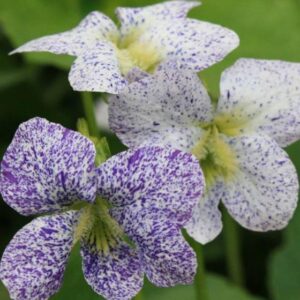

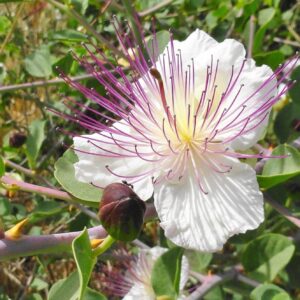
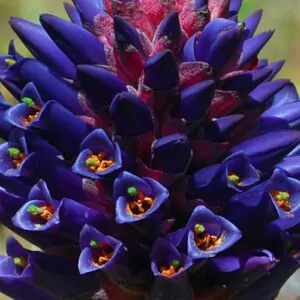
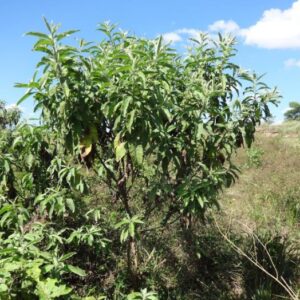
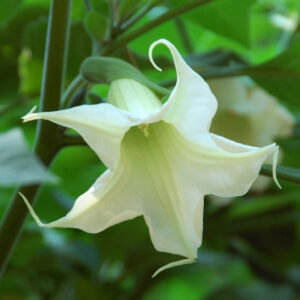
Copyright © 2025 Quinta do Ouriques
| Cookie | Duration | Description |
|---|---|---|
| cookielawinfo-checkbox-analytics | 11 months | This cookie is set by GDPR Cookie Consent plugin. The cookie is used to store the user consent for the cookies in the category "Analytics". |
| cookielawinfo-checkbox-functional | 11 months | The cookie is set by GDPR cookie consent to record the user consent for the cookies in the category "Functional". |
| cookielawinfo-checkbox-necessary | 11 months | This cookie is set by GDPR Cookie Consent plugin. The cookies is used to store the user consent for the cookies in the category "Necessary". |
| cookielawinfo-checkbox-others | 11 months | This cookie is set by GDPR Cookie Consent plugin. The cookie is used to store the user consent for the cookies in the category "Other. |
| cookielawinfo-checkbox-performance | 11 months | This cookie is set by GDPR Cookie Consent plugin. The cookie is used to store the user consent for the cookies in the category "Performance". |
| viewed_cookie_policy | 11 months | The cookie is set by the GDPR Cookie Consent plugin and is used to store whether or not user has consented to the use of cookies. It does not store any personal data. |